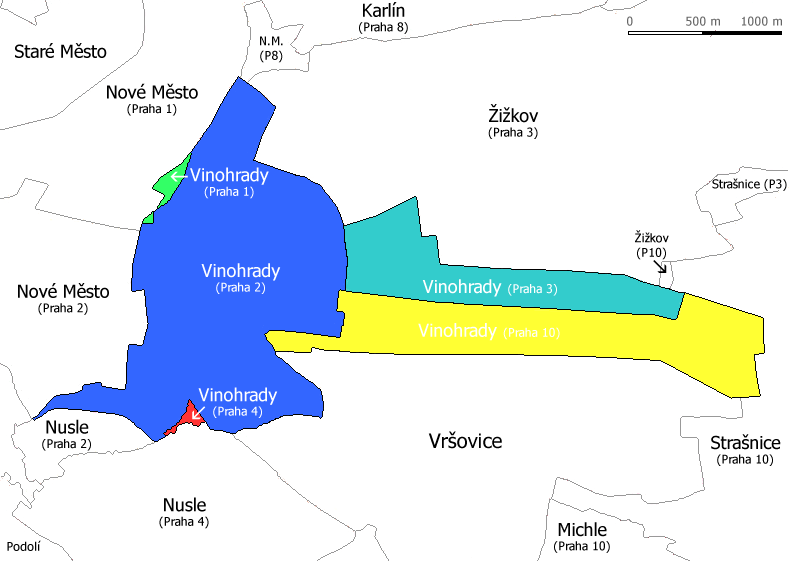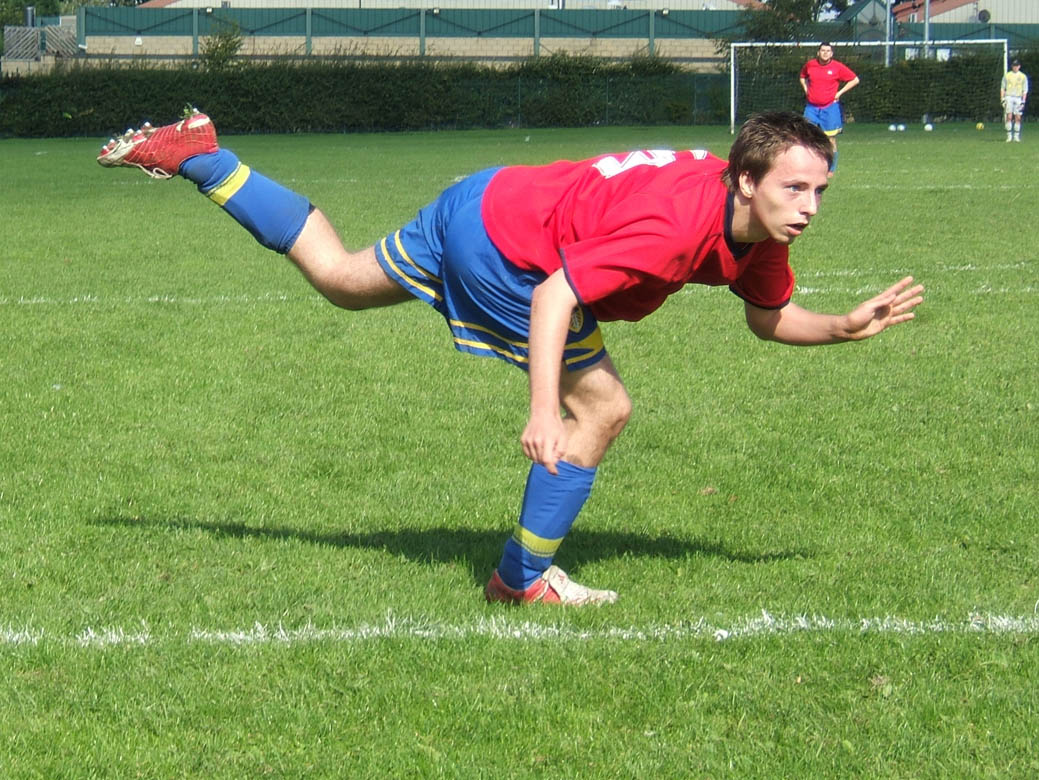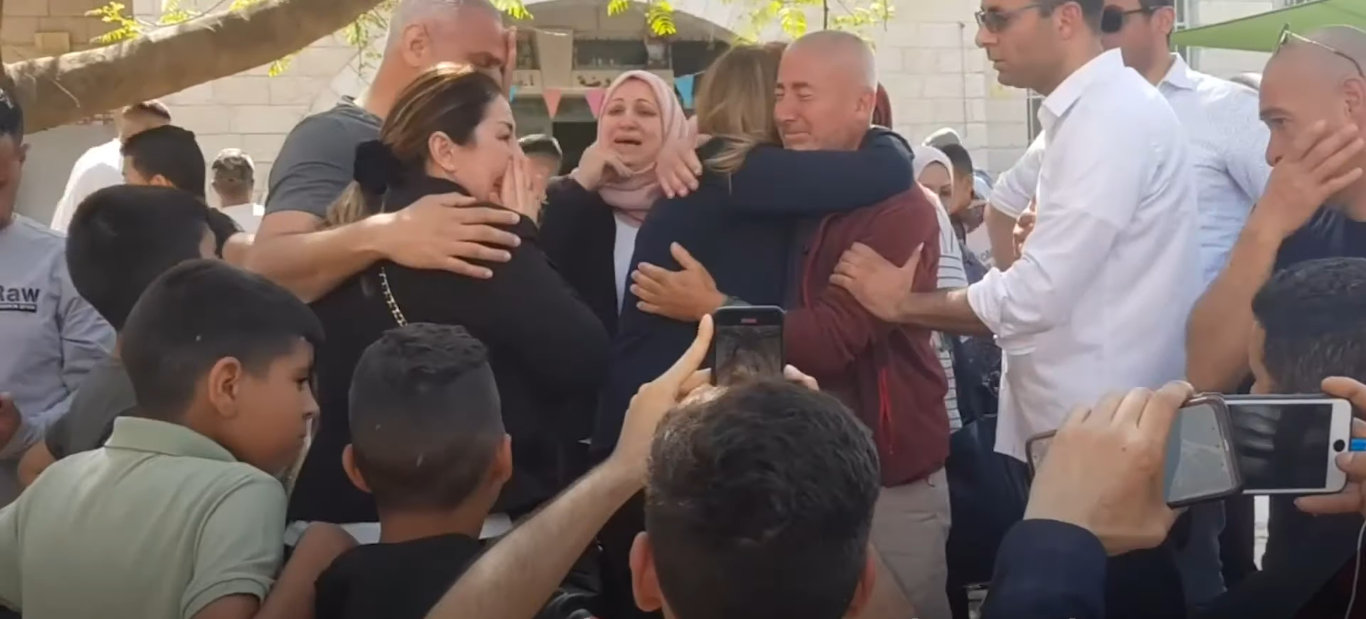|
Otakar Batlička
Otakar Batlička (12 March 1895, Prague, Czech Republic (then part of the Kingdom of Bohemia in Austria-Hungary) – 13 February 1942, Mauthausen-Gusen concentration camp) was a Czech adventurer, journalist, ham (amateur) radio operator, and member of the Czech-based Nazi resistance group Obrana Národa during World War II. Early life Batlička was born in Vinohrady, Prague. In his early adult years, he traveled around the world, probably from 1914 to 1920. After his return to Prague, he was active in many areas: in the 1920s he took part in motorcycle races and experimented with electricity; in 1932 he registered as an amateur radio operator, and constructed his own transmitter which he presented at exhibitions and lectures, working for the Prague tram network. War years After the Nazi occupation of Czechoslovakia and the subsequent establishment of the Protectorate of Bohemia and Moravia, he became a member of the Obrana Národa; as a radio operator he communicated wit ... [...More Info...] [...Related Items...] OR: [Wikipedia] [Google] [Baidu] |
Vinohrady
Vinohrady (until 1960 Královské Vinohrady, in English literally "Royal Vineyards" ) is a cadastral district in Prague. It is so named because the area was once covered in vineyards dating from the 14th century. Vinohrady lies in the municipal and administrative districts of Prague 2 (west part), Prague 3 (north-east part) and Prague 10 (south-east part), little parts also of Prague 1 ( Prague State Opera and Federal Assembly of Czechoslovakia) and Prague 4 (near Nusle). Between 1788–1867 it was called ''Viničné Hory'' (Vineyard Mountains). From 1867 to 1968 it was called Královské Vinohrady ("Royal Vineyards"). In 1875, Královské Vinohrady was divided into two parts, Královské Vinohrady I and Královské Vinohrady II, the part I was renamed to Žižkov and the part II to Královské Vinohrady in 1877. In 1922 Královské Vinohrady was made part of Prague as district XII. In 1949, the west part was conjoined with Prague 2 and the east part remain separate distri ... [...More Info...] [...Related Items...] OR: [Wikipedia] [Google] [Baidu] |
Moscow
Moscow is the Capital city, capital and List of cities and towns in Russia by population, largest city of Russia, standing on the Moskva (river), Moskva River in Central Russia. It has a population estimated at over 13 million residents within the city limits, over 19.1 million residents in the urban area, and over 21.5 million residents in Moscow metropolitan area, its metropolitan area. The city covers an area of , while the urban area covers , and the metropolitan area covers over . Moscow is among the world's List of largest cities, largest cities, being the List of European cities by population within city limits, most populous city entirely in Europe, the largest List of urban areas in Europe, urban and List of metropolitan areas in Europe, metropolitan area in Europe, and the largest city by land area on the European continent. First documented in 1147, Moscow became the capital of the Grand Principality of Moscow, which led the unification of the Russian lan ... [...More Info...] [...Related Items...] OR: [Wikipedia] [Google] [Baidu] |
Czech People Executed In Nazi Concentration Camps
Czech may refer to: * Anything from or related to the Czech Republic, a country in Europe ** Czech language ** Czechs, the people of the area ** Czech culture ** Czech cuisine * One of three mythical brothers, Lech, Czech, and Rus *Czech (surname) *Czech, Łódź Voivodeship, Poland *Czechville, Wisconsin, unincorporated community, United States See also * Čech, a surname * Czech lands * Czechoslovakia * List of Czechs * * * Check (other) * Czechoslovak (other) * Czech Republic (other) * Czechia (other) Czechia is the official short form name of the Czech Republic. Czechia may also refer to: * Historical Czech lands *Czechoslovakia (1918–1993) *Czech Socialist Republic (1969–1990) *Protectorate of Bohemia and Moravia (1939–1945) See also ... {{disambiguation Language and nationality disambiguation pages ... [...More Info...] [...Related Items...] OR: [Wikipedia] [Google] [Baidu] |
Czechoslovak Civilians Killed In World War II
Czechoslovak may refer to: *A demonym or adjective pertaining to Czechoslovakia (1918–93) **First Czechoslovak Republic (1918–38) **Second Czechoslovak Republic (1938–39) **Third Czechoslovak Republic (1948–60) **Fourth Czechoslovak Republic (1960–89) **Fifth Czechoslovak Republic (1989–93) *''Czechoslovak'', also ''Czecho-Slovak'', any grouping of the Czech and Slovak ethnicities: **As a national identity, see Czechoslovakism **The title of Symphony no. 8 in G Major op. 88 by Antonín Dvořák in 1889/90 *The Czech–Slovak languages, a West Slavic dialect continuum **The Czechoslovak language, a theoretical standardized form defined as the state language of Czechoslovakia in its Constitution of 1920 **Comparison of Czech and Slovak See also * Slovak Republic (other) * Czech Republic (other) * Czechia (other) * Slovak (other) * Czech (other) Czech may refer to: * Anything from or related to the Czech Republic, a country ... [...More Info...] [...Related Items...] OR: [Wikipedia] [Google] [Baidu] |
Amateur Radio People
An amateur () is generally considered a person who pursues an avocation independent from their source of income. Amateurs and their pursuits are also described as popular, informal, self-taught, user-generated, DIY, and hobbyist. History Historically, the amateur was considered to be the ideal balance between pure intent, open mind, and the interest or passion for a subject. That ideology spanned many different fields of interest. It may have its roots in the ancient Greek philosophy of amateur athletes competing in the Olympics. The ancient Greek citizens spent most of their time in other pursuits, but competed according to their natural talents and abilities. The "gentleman amateur" was a phenomenon among the gentry of Great Britain from the 17th century until the 20th century. With the start of the Age of Reason, with people thinking more about how the world works around them, (see science in the Age of Enlightenment), things like the cabinets of curiosities, and the w ... [...More Info...] [...Related Items...] OR: [Wikipedia] [Google] [Baidu] |
Journalists From Prague
A journalist is a person who gathers information in the form of text, audio or pictures, processes it into a newsworthy form and disseminates it to the public. This is called journalism. Roles Journalists can work in broadcast, print, advertising, or public relations personnel. Depending on the form of journalism, "journalist" may also describe various categories of people by the roles they play in the process. These include reporters, correspondents, citizen journalists, editors, editorial writers, columnists, and photojournalists. A reporter is a type of journalist who researches, writes and reports on information in order to present using sources. This may entail conducting interviews, information-gathering and/or writing articles. Reporters may split their time between working in a newsroom, from home or outside to witness events or interview people. Reporters may be assigned a specific beat (area of coverage). Matthew C. Nisbet, who has written on science communication, ... [...More Info...] [...Related Items...] OR: [Wikipedia] [Google] [Baidu] |
1942 Deaths
The Uppsala Conflict Data Program project estimates this to be the deadliest year in human history in terms of conflict deaths, placing the death toll at 4.62 million. However, the Correlates of War estimates that the prior year, 1941, was the deadliest such year. Death toll estimates for both 1941 and 1942 range from 2.28 to 7.71 million each. Events Below, the events of World War II have the "WWII" prefix. January * January 1 – WWII: The Declaration by United Nations is signed by China, the United Kingdom, the United States, the Soviet Union, and 22 other nations, in which they agree "not to make any separate peace with the Axis powers". * January 5 – WWII: Two prisoners, British officer Airey Neave and Dutch officer Anthony Luteyn, escape from Colditz Castle in Germany. After travelling for three days, they reach the Swiss border. * January 7 – WWII: ** Battle of Slim River: Japanese forces of the 5th Division, supported by tanks, sweep through ... [...More Info...] [...Related Items...] OR: [Wikipedia] [Google] [Baidu] |
1895 Births
Events January * January 5 – Dreyfus affair: French officer Alfred Dreyfus is stripped of his army rank and sentenced to life imprisonment on Devil's Island (off French Guiana) on what is much later admitted to be a false charge of treason. * January 6 – The Wilcox rebellion, an attempt led by Robert Wilcox to overthrow the Republic of Hawaii and restore the Kingdom of Hawaii, begins with royalist troops landing at Waikiki Beach in O'ahu and clashing with republican defenders. The rebellion ends after three days and the remaining 190 royalists are taken prisoners of war. * January 12 – Britain's National Trust for Places of Historic Interest or Natural Beauty is founded by Octavia Hill, Robert Hunter and Canon Hardwicke Rawnsley. * January 13 – First Italo-Ethiopian War: Battle of Coatit – Italian forces defeat the Ethiopians. * January 15 – A warehouse fire and dynamite explosion kills 57 people, including 13 firefighters in Butt ... [...More Info...] [...Related Items...] OR: [Wikipedia] [Google] [Baidu] |
Octobriana
Octobriana is a Russian superhero created by Petr Sadecký by modifying the work of Czech artists Bohumil Konečný and Zdeněk Burian for an unpublished comic book series Sadecký commissioned them to do, under the working title of Amazona. As a character embodying Communist ideals, Octobriana was said to be usable by anyone, rather than being copyrighted by an author or corporation. This has resulted in the character appearing in various artistic works since her first official published appearance in the political art book ''Octobriana and the Russian Underground'', by Petr Sadecký, published by Tom Stacey in 1971. Petr Sadecký had created a fictitious real life origin for the character, which he presented as true. ''Octobriana and the Russian Underground'' In ''Octobriana and the Russian Underground'', Sadecký describes the PPP as a loose group of cells, not only in Russia, but throughout the Soviet Union. This group, Sadecký wrote, started around 1957, after the 20th Cong ... [...More Info...] [...Related Items...] OR: [Wikipedia] [Google] [Baidu] |
Eduard Krebsbach
Eduard Krebsbach (8 August 1894 – 28 May 1947) was a former German physician and SS doctor in the Nazi concentration camp in Mauthausen from July 1941 to August 1943. He was executed for atrocities committed at the Mauthausen camp. Early life Krebsbach attended a humanistic high school in Cologne. In 1912, he started studying medicine at the University of Freiburg, albeit his classes were interrupted by World War I. Concentration camp career In the autumn of 1941, Krebsbach became Standortarzt (garrison doctor) of Mauthausen concentration camp, tasked with supervising medical care and all medical personnel of the camp. He was responsible for initiating mass killing by lethal injection to the heart of handicapped and sick prisoners. Under his supervision approximately 900 Russian, Polish and Czech prisoners were murdered by lethal injections of gasoline and phenol. Because of this, inmates nicknamed him 'Dr. Spritzbach' (Dr. Injection). Krebsbach was also responsible for ... [...More Info...] [...Related Items...] OR: [Wikipedia] [Google] [Baidu] |
Theresienstadt Concentration Camp
Theresienstadt Ghetto was established by the SS during World War II in the fortress town of Terezín, in the Protectorate of Bohemia and Moravia ( German-occupied Czechoslovakia). Theresienstadt served as a waystation to the extermination camps. Its conditions were deliberately engineered to hasten the death of its prisoners, and the ghetto also served a propaganda role. Unlike other ghettos, the use of slavery was not economically significant. The ghetto was established by the transportation of Czech Jews in November 1941. The first German and Austrian Jews arrived in June 1942; Dutch and Danish Jews came in 1943, and prisoners of a wide variety of nationalities were sent to Theresienstadt in the last months of the war. About 33,000 people died at Theresienstadt, mostly from malnutrition and disease. More than 88,000 people were held there for months or years before being deported to extermination camps and other killing sites; the role of the Jewish Council ('' Judenr ... [...More Info...] [...Related Items...] OR: [Wikipedia] [Google] [Baidu] |







